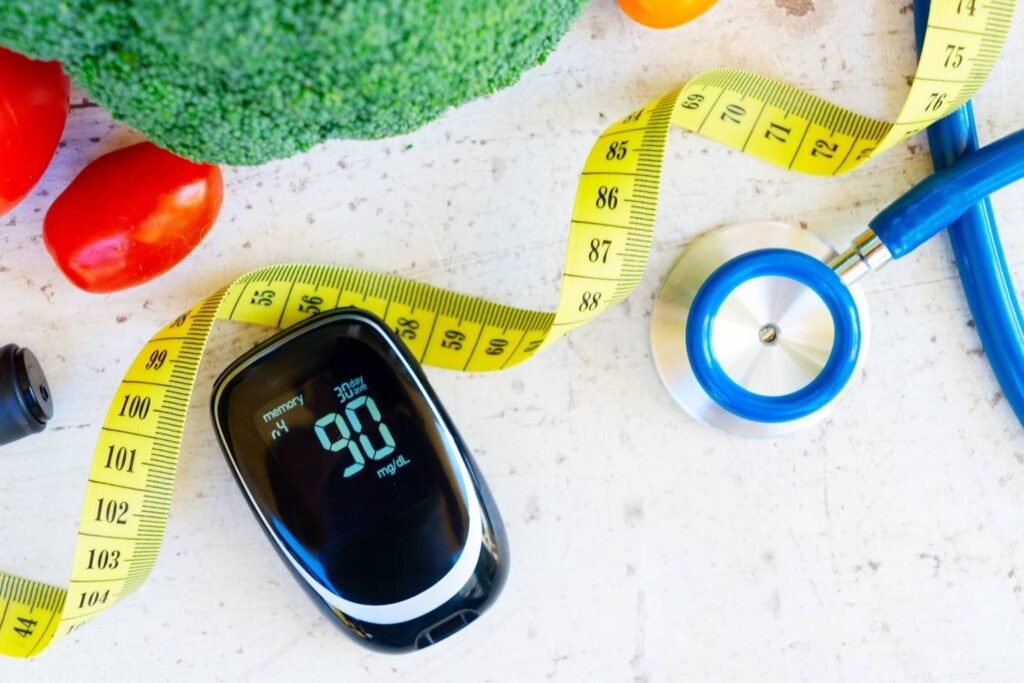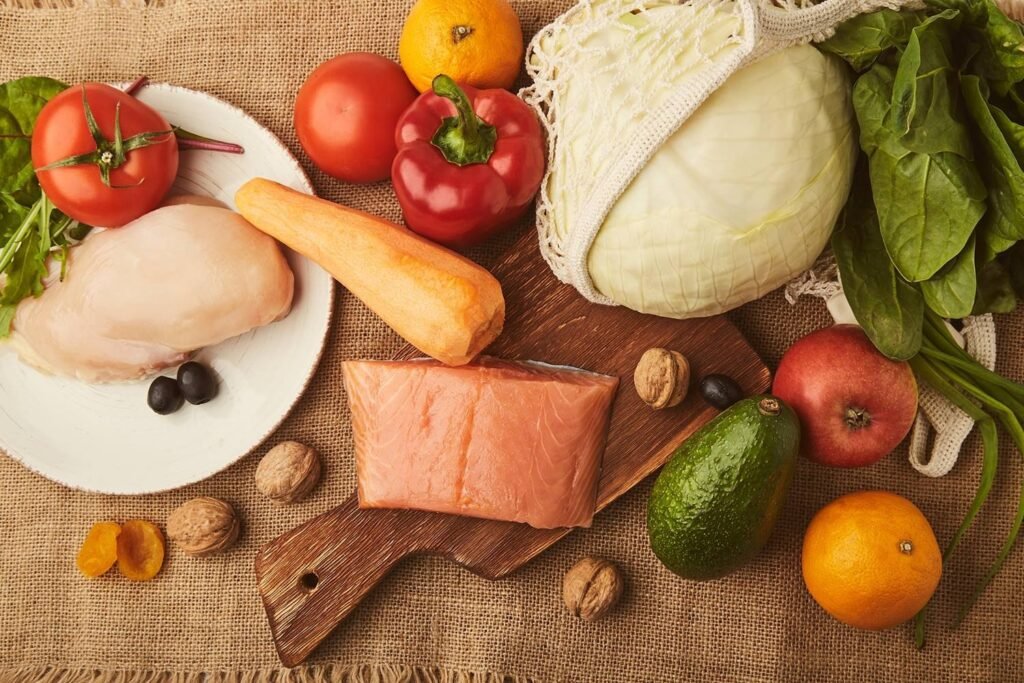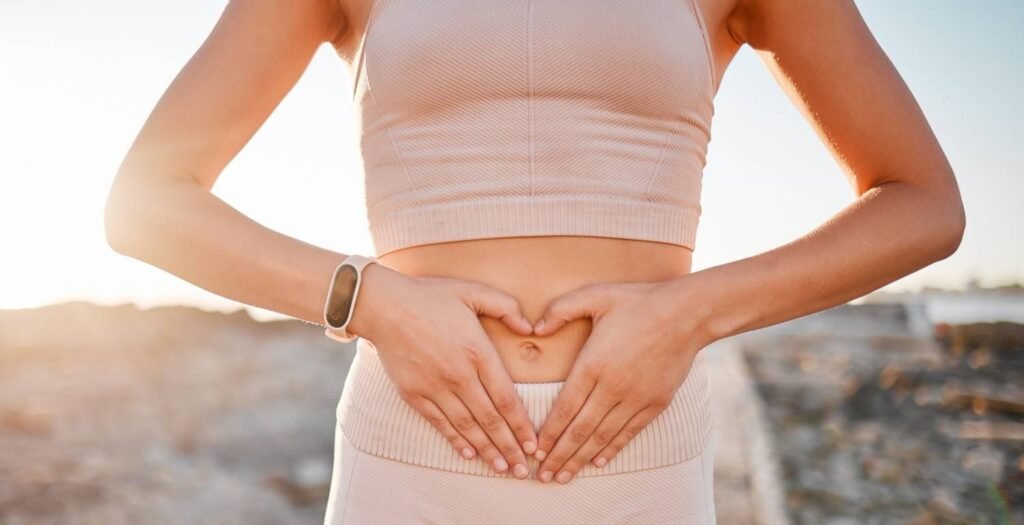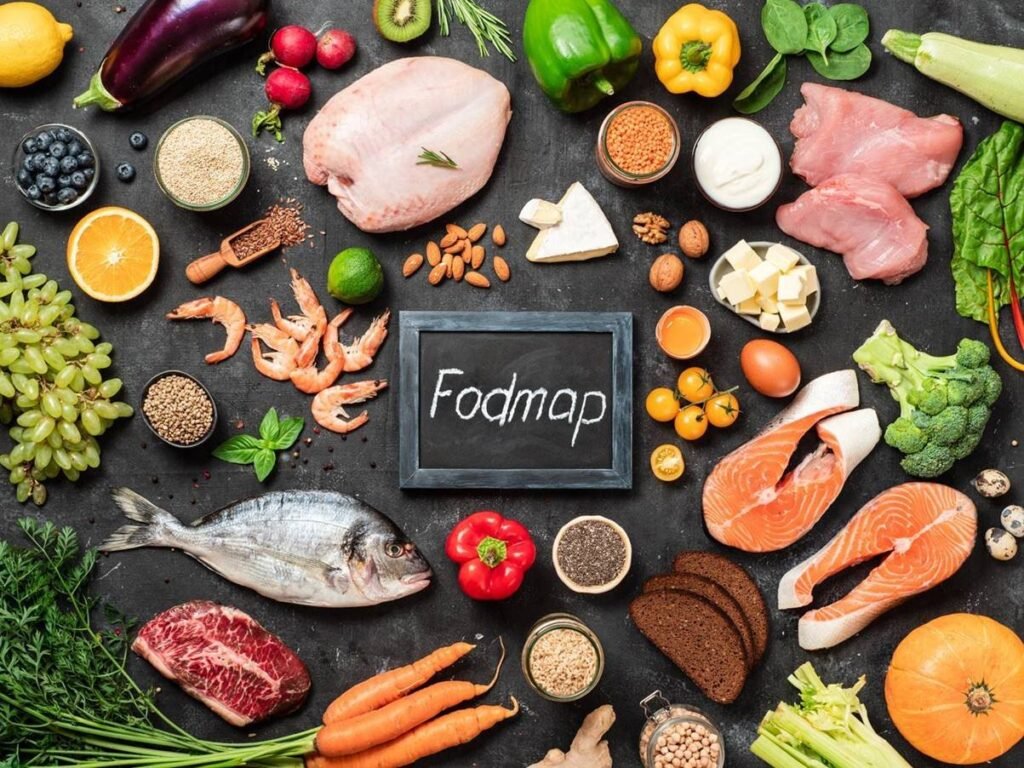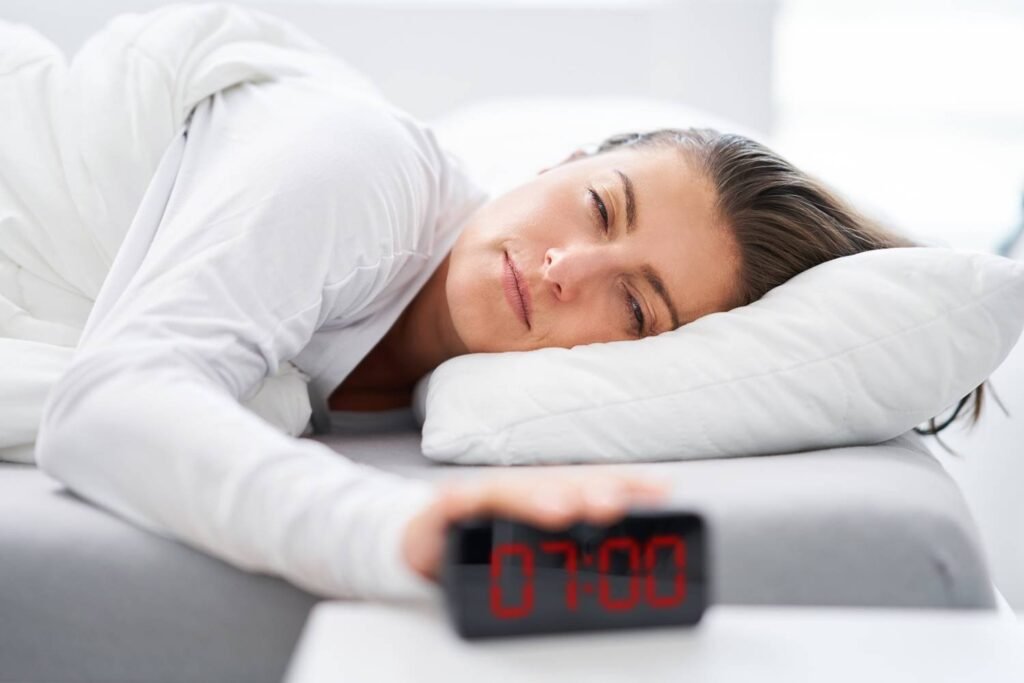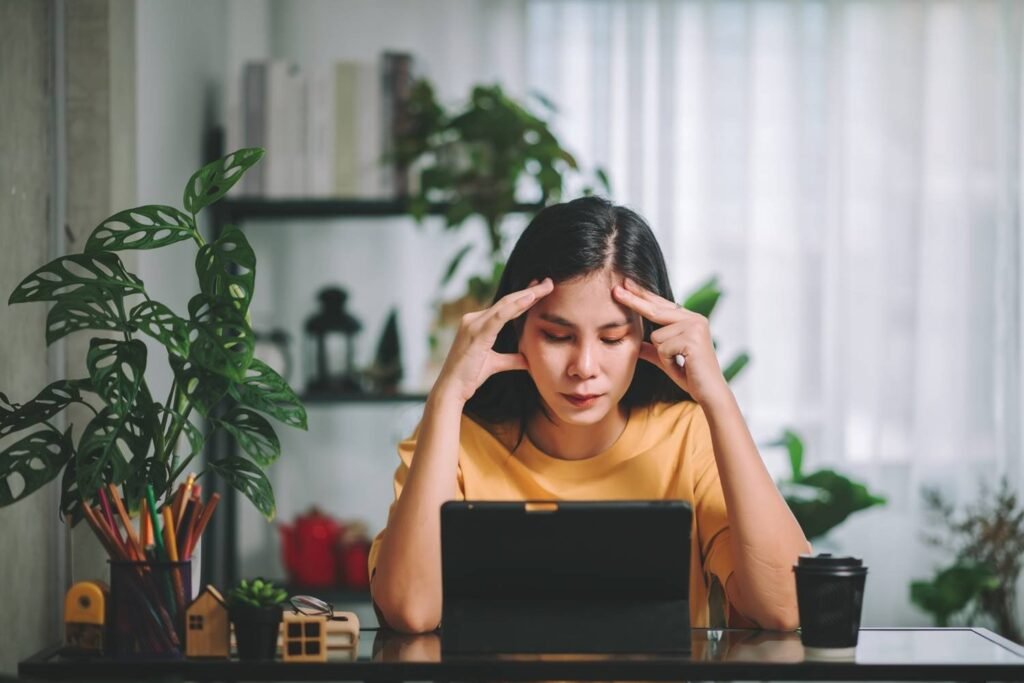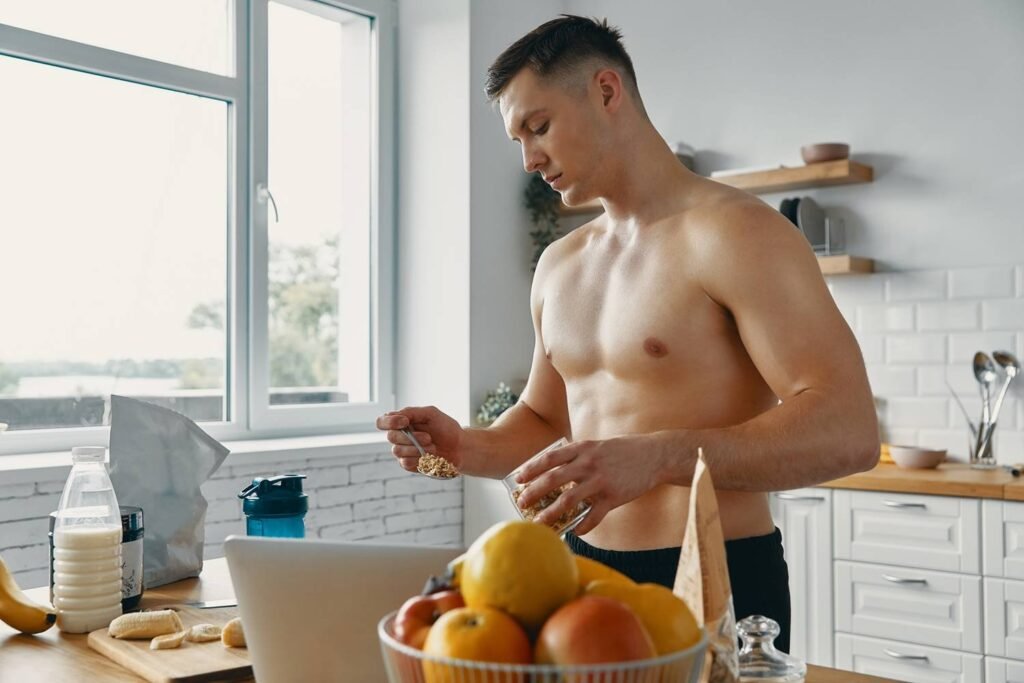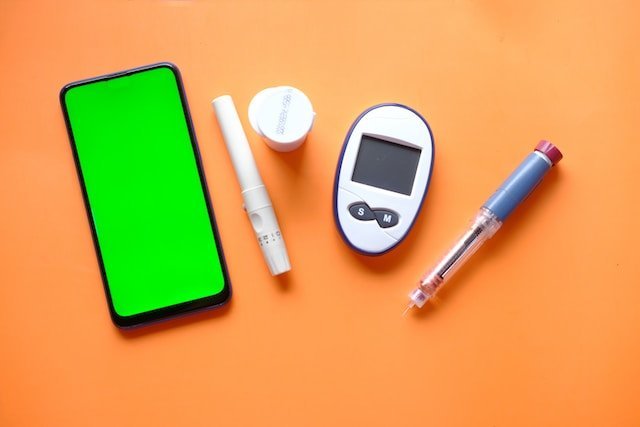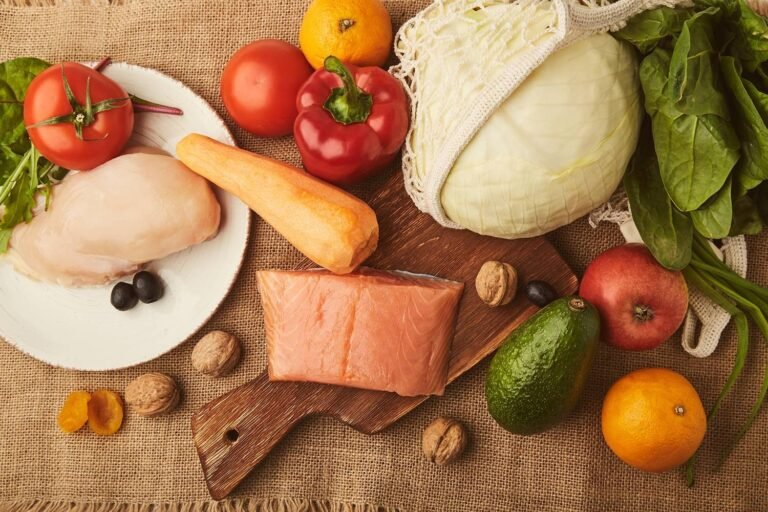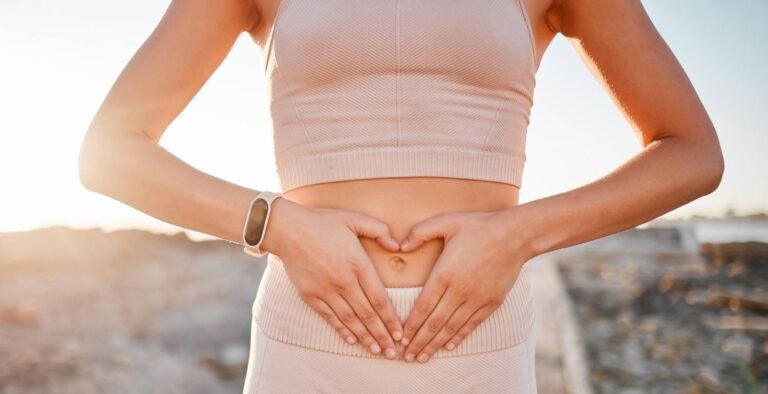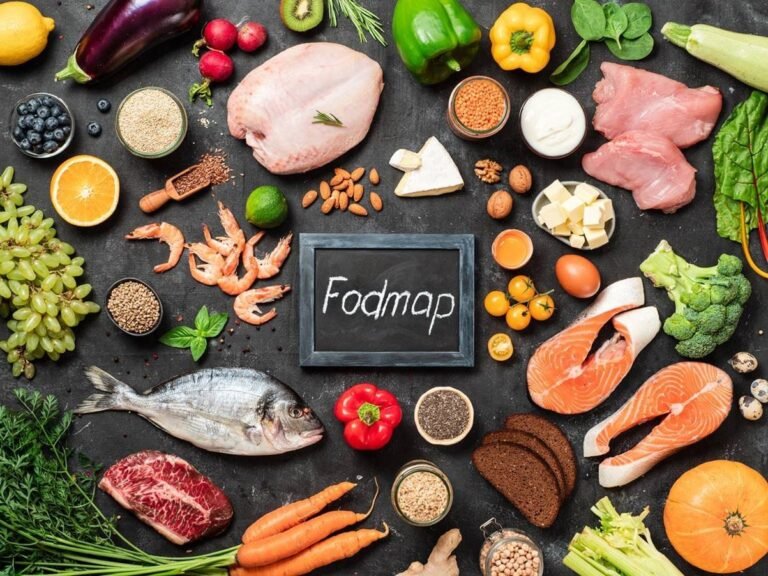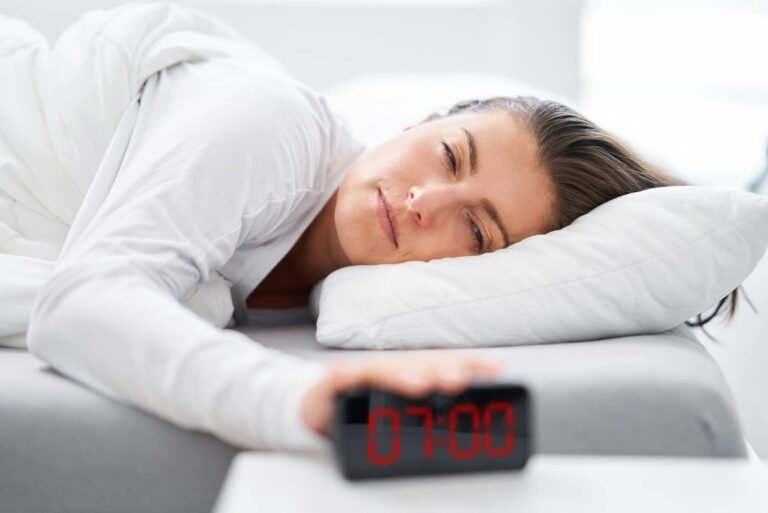Having low blood sugar, also known as hypoglycemia, can be a dangerous and scary situation for people with diabetes. When blood sugar drops below 70 mg/dL, it’s important to treat it quickly to avoid more serious complications. One of the fastest ways to raise low blood sugar is by eating or drinking something that contains carbohydrates that can be absorbed quickly. But what are the best options for diabetics to choose when their blood sugar is low? and what can a diabetic eat when sugar is low?
Why Blood Sugar Can Drop
There are a few key reasons why someone with diabetes may experience a sudden drop in their blood sugar levels:
– Taking too much insulin – This is a common cause of hypoglycemia in diabetics on insulin therapy. Too much insulin drives blood sugar down.
– Delaying or missing a meal – Meals provide carbohydrates that raise blood sugar. Skipping them can lead to a drop in levels.
– Getting more physical activity than normal – Exercise lowers blood sugar. Unusually intense or long exercise sessions can cause hypoglycemia.
– Drinking alcohol – Alcohol impacts the liver’s ability to release glucose and can cause blood sugar to fall too low.
– Taking other medications – Some other medications like aspirin and beta blockers can also affect blood sugar levels.
– Having chronic kidney disease – Damaged kidneys have a reduced ability to release glucose into the bloodstream.
No matter what the cause, it’s vital for diabetics to recognize the signs and symptoms of low blood sugar and know how to quickly raise their levels back up into a healthy range.
Recognizing Low Blood Sugar
Recognizing when your blood sugar is dropping dangerously low is extremely important. Here are a few typical signs and symptoms to be aware of:
– Shakiness, trembling, clammy skin
– Anxiety, irritability, confusion
– Sweating, chills, rapid heartbeat
– Hunger, nausea
– Blurry vision, fatigue
– Dizziness, weakness
– Tingling or numbness in lips/tongue
– Headache
– Difficulty speaking, slurred speech
– Loss of coordination
If you experience any of these symptoms of hypoglycemia, check your blood sugar if possible and treat it immediately. Don’t delay. Without quick treatment, severely low blood sugar can lead to seizures, unconsciousness, coma and even death in extreme cases.
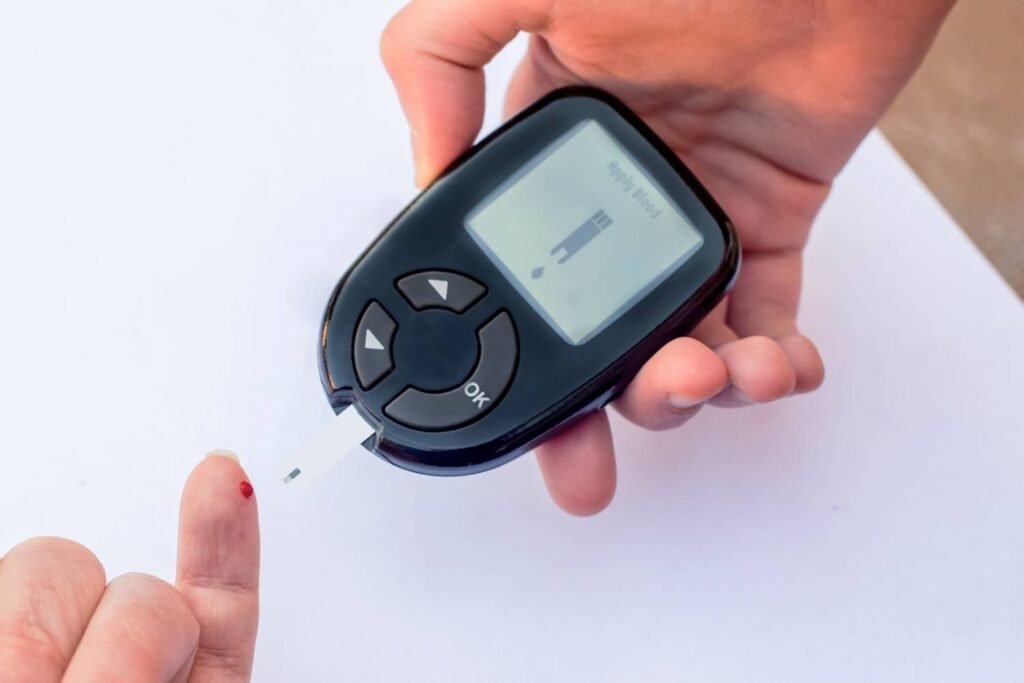
15 Smart Foods & Drinks to Raise Blood Sugar: What can a Diabetic Eat When Sugar is Low
When your blood sugar is dropping, you want to ingest something that contains carbohydrates that can be quickly absorbed. Here are some of the best options for diabetics:
1. Fruit Juice
Fruit juice contains simple carbohydrates that can rapidly raise blood sugar levels. Opt for juices without added sugar. Apple, orange, grape and cranberry juices are good choices. Drink 4 ounces initially and recheck levels in 15 minutes.
2. Regular (Not Diet) Soda
The carbohydrates in regular soda are quickly absorbed. Choose options without caffeine which can worsen symptoms. Drink 4 ounces and recheck.
3. Glucose Tablets
These are designed to specifically treat hypoglycemia. The tablets contain pure glucose in a concentrated dose that gets absorbed instantly. Consume 2-4 tablets to start.
4. Hard Candies
Sucking on hard candies provides a quick dose of sugar. Try Life Savers, Jolly Ranchers, or other generic glucose candies. Avoid candy with chocolate, peanut butter or caramel.
5. Honey
Honey is composed mostly of glucose and fructose so it can raise blood sugar levels fast. Take 1-2 tablespoons of pure honey straight or mixed in tea or warm water.
6. Dried Fruits
Raisins, cranberries, apricots and other dried fruits contain concentrated carbohydrates. Consume a small handful to treat low blood sugar.
7. Fresh Fruits
Fruits like bananas, grapes, applesauce, cherries and pineapple can help treat hypoglycemia. Opt for soft fruits that can be quickly eaten and absorbed.
8. Crackers
Simple crackers like Saltines provide about 15 grams of fast-acting carbs per 6 crackers. Choose unsalted tops crackers or Graham crackers. Avoid cracker varieties with seeds, nuts or whole grains.
9. White Rice
High glycemic white rice can rapidly increase blood sugar. Prepare instant white rice, eat 1/2 cup once cooked or have ready-to-eat pouches on hand. Avoid brown or wild rice.
10. White Bread
Simple white bread and rolls are good sources of fast carbohydrates. Opt for quick-to-prepare options like white toast, dinner rolls or bagels. Avoid whole grain or seeded breads.
11. Pretzels
Simple soft pretzels act similar to crackers with about 15 grams of readily available carbs per 1 ounce. Mini pretzel twists or rods can work too.
12. Cornstarch
Mix 1-2 tablespoons of cornstarch into a glass of water or juice and drink. The straight starch can help bring glucose up rapidly.
13. Yogurt
Look for yogurts with no added sugar and consume 6 ounces to get about 15 grams of carbs. Plain whole milk yogurt works well. Avoid Greek or Icelandic yogurts.
14. Skim Milk
An 8 ounce glass of skim or 1% milk provides about 12 grams of lactose which is a quick, natural sugar. It also contains some protein. Avoid chocolate or other flavored milks.
15. Gelatin Desserts
Plain gelatin can be used to treat low blood sugar. Look for sugar-free varieties to avoid an extreme spike. Eat a regular 4 ounce portion.
Tips for Treating Low Blood Sugar
Here are some other important tips for managing hypoglycemia in diabetics:
– Check blood sugar levels as soon as possible when symptoms arise. Confirm you are below 70 mg/dL before treating.
– Always keep fast-acting carbohydrates on hand. Carry some with you when out.
– Consume 15-30 grams of carbs to start. Recheck blood sugar after 15 minutes.
– Eat or drink carbohydrates first before having proteins, fats which slow absorption.
– Prevent severe drops by monitoring blood sugar often and consuming meals/snacks regularly.
– Always wear medical identification and let others know you have diabetes.
– Learn to recognize personal triggers that commonly cause you to go low.
– Talk to your doctor about adjusting medications if lows become frequent.
Having some go-to foods and drinks that can quickly raise blood sugar during a hypoglycemic episode is crucial. Keeping your levels in a healthy range can help you avoid the dangerous complications of low blood sugar. Monitor yourself diligently, act fast when symptoms arise, and speak with your healthcare provider if lows become problematic. With proper management, people with diabetes can often prevent or minimize hypoglycemic episodes.
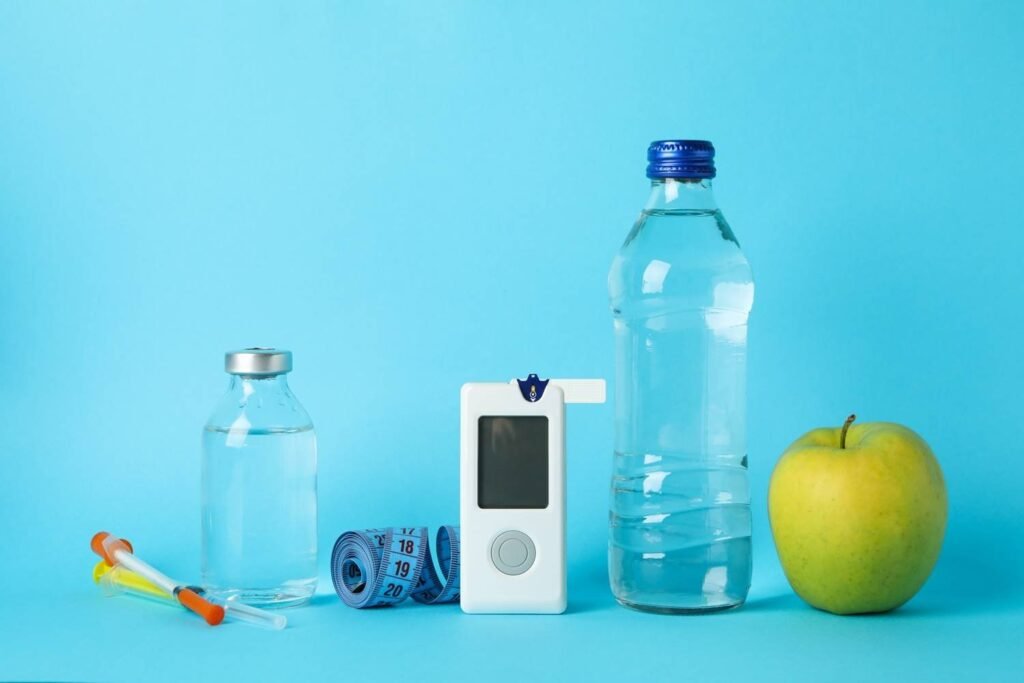
Additional Tips for Preventing and Treating Hypoglycemia
Here are some extra tips that can help diabetics prevent dangerous drops in blood sugar and manage them appropriately when they occur:
– Monitor blood sugar levels frequently, especially before driving or operating heavy machinery. Low blood sugar impairs functioning and coordination.
– Avoid skipping meals or delaying meals for better blood sugar control. Eat regular meals with carbohydrate-containing foods.
– Watch out for late post-meal drops. Blood sugar can sometimes drop hours after eating as insulin still works to clear glucose from the blood. Have a light snack before bedtime.
– Wear a medical ID bracelet or necklace stating you have diabetes, especially if you have frequent lows. This helps if you are unable to self-treat.
– Always have emergency glucose sources available in your car, bag, at work, at home, and when traveling. Hypoglycemia can happen anywhere.
– Check blood sugar levels if you feel any potential symptoms of low blood sugar. Do not wait for multiple symptoms. Catch a drop early.
– Choose low glycemic index foods like beans, lentils, oats, fruits and non-starchy veggies. These break down more slowly to prevent spikes and drops.
– Eat some protein and healthy fat with meals and snacks. This helps regulate carbohydrate absorption and blood sugar levels.
– Stay well hydrated by drinking water and limiting sugary beverages. Dehydration can trigger blood sugar fluctuations.
– Look at your daily activity patterns. Adjust insulin dosing if doing more intense or longer duration exercise than normal.
– Avoid excessive alcohol intake which impairs the liver’s ability to release glucose and can cause hypoglycemia.
– Review all medications with your doctor. Certain pills like beta-blockers can mask symptoms of low blood sugar. Adjust doses if needed.
– Consider using a continuous glucose monitor (CGM) to track trends and get alerts for highs and lows. Newer flash glucose monitors are also available.
– Don’t overreact to a single mild low blood sugar reading. Look for patterns and try to identify common triggers for your drops in blood sugar.
With greater awareness of personal cues, monitoring of blood glucose levels, preventative dietary and lifestyle habits, and preparedness with emergency glucose sources, people with diabetes can often reduce hypoglycemic episodes and manage them more appropriately for better health.
Read here about – How Often Does a Diabetic Need to Eat?








